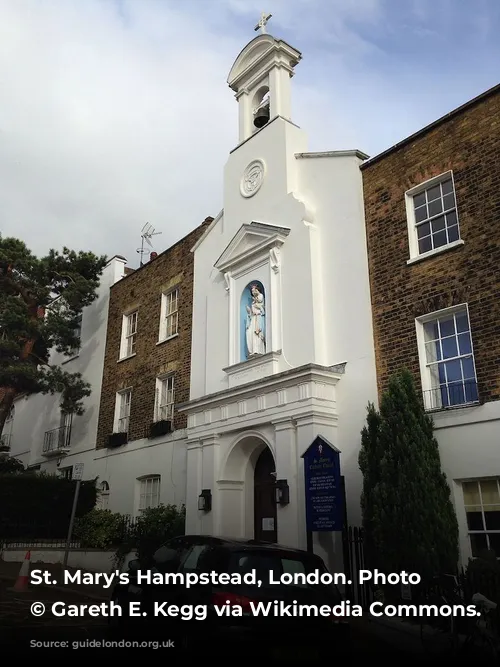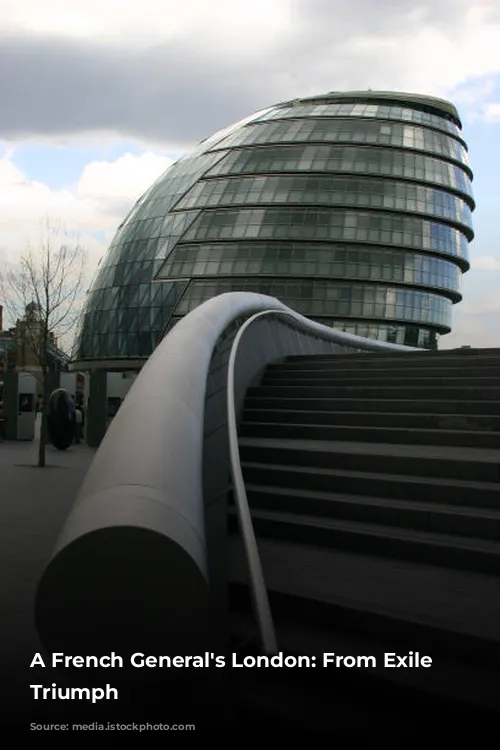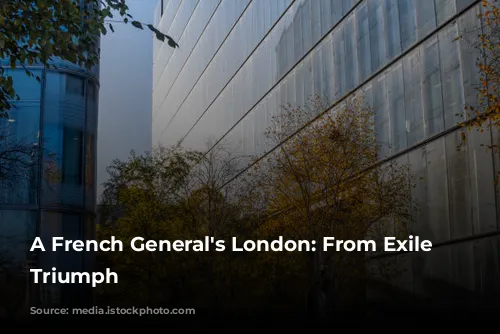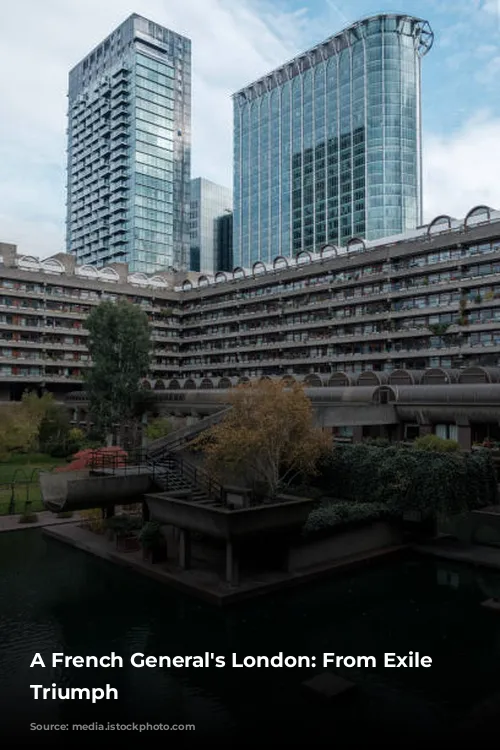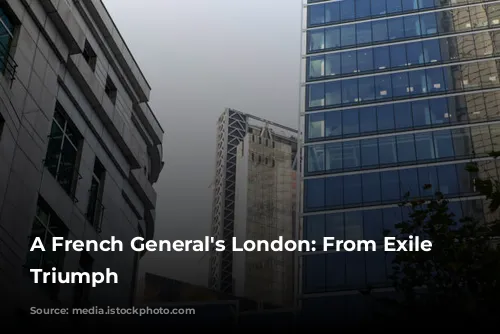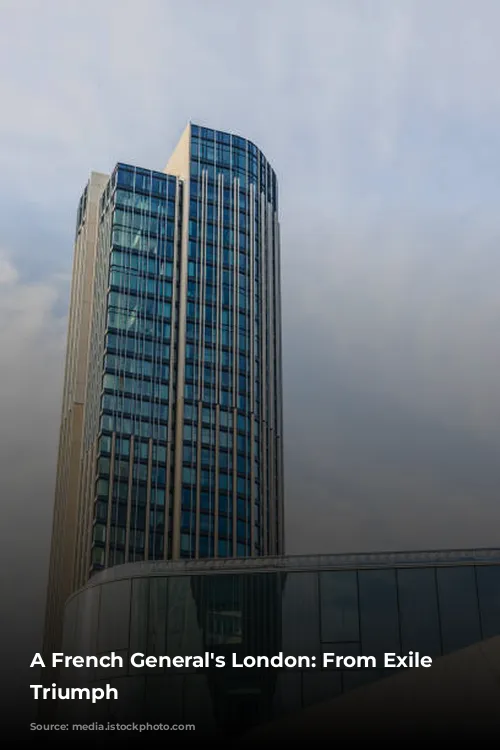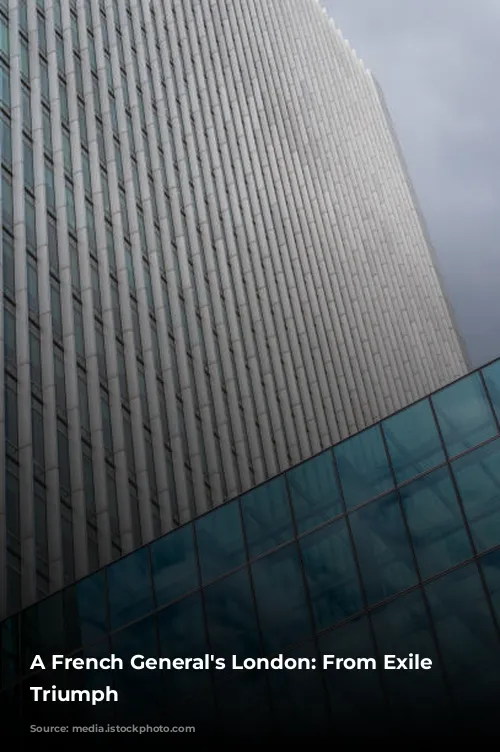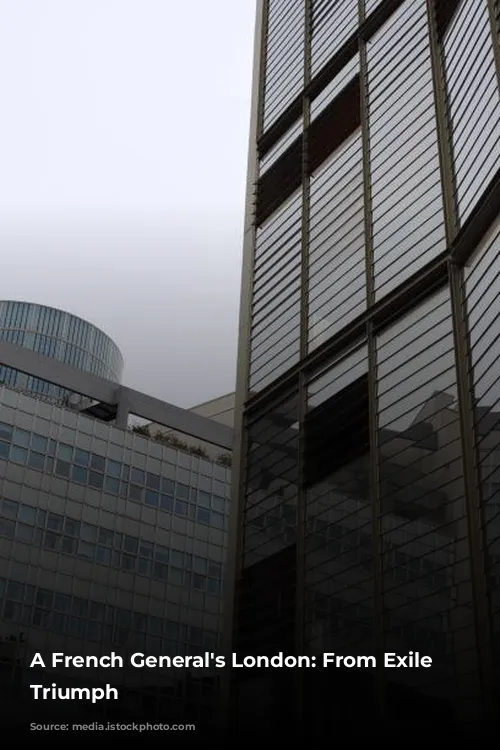Imagine a world on the brink of war, a nation in turmoil. In the midst of this chaos, a junior minister and a relatively unknown general named Charles de Gaulle landed at Heston airport on June 17, 1940. He had fled the collapsing French government, arriving in England after a perilous journey from Bordeaux. Few recognized him, except for Winston Churchill, who had previously observed de Gaulle’s youthful energy during visits to France.
The following evening, de Gaulle was at Broadcasting House delivering a pivotal speech. This historic address urged the French people to resist the armistice being negotiated by the Pétain regime and to continue fighting. This marked the beginning of his leadership of the Free French.
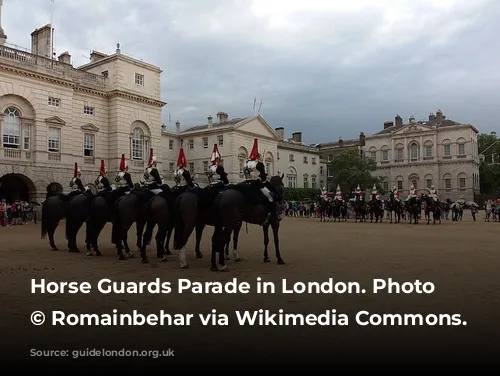
A Home Away from Home: The Free French in London
For the next three years, de Gaulle’s base of operations was London. As a London Blue Badge Tourist Guide, I can take you to the places that played a key role in his life and the movement he led.
Initially, the Free French forces were housed at St Stephen’s House on the Victoria Embankment, but they soon moved to a more permanent location: 4 Carlton Gardens, a building in the neo-Classical style. This building became the nerve center of the Free French resistance. Today, two commemorative plaques mark this significant location. One blue plaque commemorates de Gaulle’s establishment of the Free French Forces headquarters, while the other bears the inspiring words from his June 18th Appeal, etched in both French and English.
Across the street, a statue of de Gaulle, unveiled in 1993, stands as a constant reminder of his presence in London. The statue depicts him in the uniform of a general and serves as a powerful symbol of his leadership and determination.
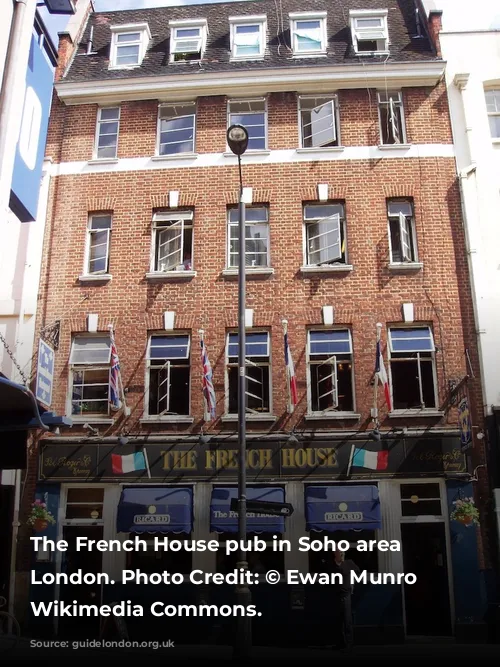
A Family Reunited, A Nation in Transition
After arriving in London, de Gaulle settled at the Rubens Hotel on Buckingham Palace Road. It was there, on June 20th, that he was reunited with his family: his wife, Mme Yvonne de Gaulle, and his children, Philippe, Elisabeth, and little Anne. Their journey from Brest to Plymouth had been just as perilous as his own.
The family initially moved to Birchwood Road, Petts Wood, a location that provided a safe haven for de Gaulle’s family. However, the constant threat of German air raids made this location unsuitable for his youngest daughter, Anne, who had Down’s syndrome.
Seeking a peaceful environment, the family moved to Shropshire, a rural area in England. However, the long distances and de Gaulle’s busy schedule led to periods of isolation for Mme de Gaulle and the children. The family eventually settled in Little Gaddesden, a village in Hertfordshire, where de Gaulle could spend weekends with them. During the week, he stayed at the Connaught Hotel in London.
Finally, in September 1942, the family found a permanent home in London: 99 Frognal, Hampstead. De Gaulle, a devout Catholic, regularly attended mass at St Mary’s Church, a church built for French Catholic émigrés.
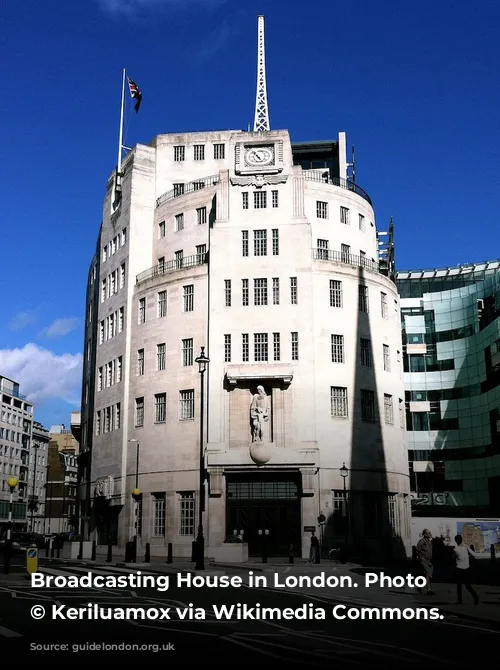
London’s French Connection: A Shared History
London has long been a haven for French émigrés. The Soho district has particularly strong ties to the French community. During de Gaulle’s time in exile, Soho became a meeting place for Free French soldiers. One of the most prominent spots in Soho is the French House pub, formerly known as the York Minster pub. This pub holds fond memories of the Free French who frequented it during the war.
While de Gaulle often dined at the Connaught Hotel or in exclusive clubs in London, he also enjoyed French restaurants like the Coq d’Or and the Savoy. He understood that the working lunch was a crucial part of British social life and used these occasions to discuss matters of war strategy, the future of France, and Anglo-French relations.
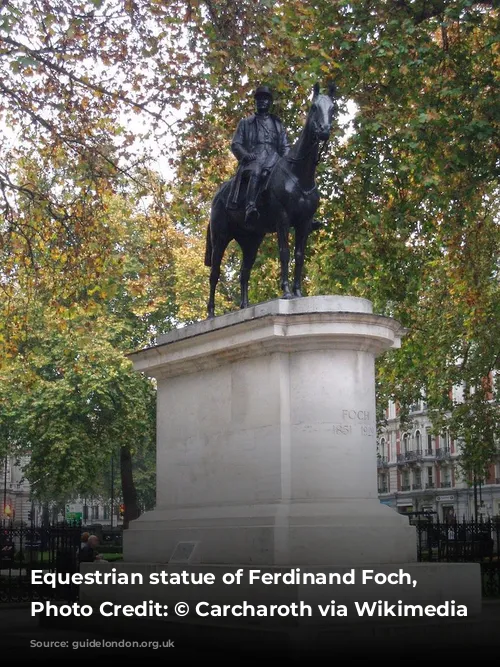
A Familiar Figure: De Gaulle’s Presence in London
De Gaulle’s imposing figure, often seen in the uniform of a French officer, was a familiar sight in London. His frequent walks from Carlton Gardens to the Connaught Hotel for lunch were a source of recognition and admiration from the British public, even though his relationship with the British government was sometimes strained.
Beyond Carlton Gardens, de Gaulle’s presence is felt throughout London. He addressed assemblies of the Free French at the Albert Hall, spoke to members of the Lords and the Commons at the Houses of Parliament, and led Bastille Day celebrations at the statue of Marshal Foch in Grosvenor Gardens.
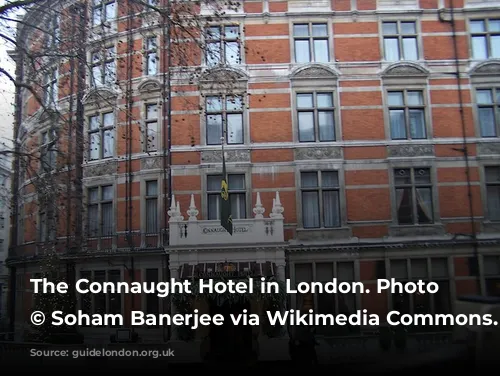
Triumphant Return: De Gaulle as President
In April 1960, de Gaulle, now President of the French Republic, made a state visit to London. This was a pivotal moment in Anglo-French relations, occurring during the Algerian crisis and the British government’s attempt to join the European Common Market.
During his visit, de Gaulle was treated to a grand welcome, including a carriage ride with Queen Elizabeth II, a gala performance at Covent Garden, and a speech at the Houses of Parliament. The climax of the visit was a military review at Horse Guards. De Gaulle, accompanied by Prince Philip, was the first foreign head of state to be given this honor.
As the carriage passed Carlton Gardens, de Gaulle raised his hand in a solemn salute to his former comrades, a poignant gesture that symbolizes the enduring connection between Charles de Gaulle and the city of London.
Whether you are walking in the footsteps of de Gaulle or learning about his life and legacy with a London Blue Badge Tourist Guide, exploring the city’s connection to this iconic figure is an enriching experience.
